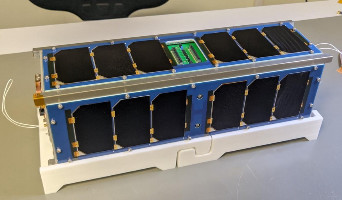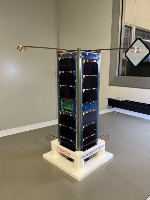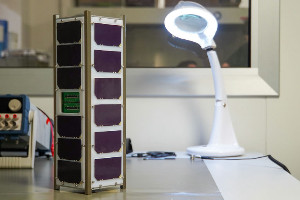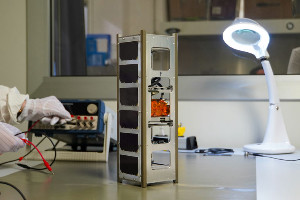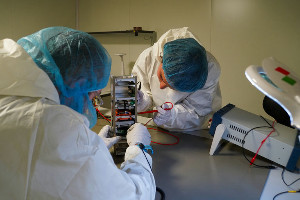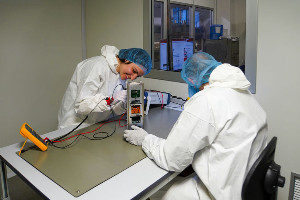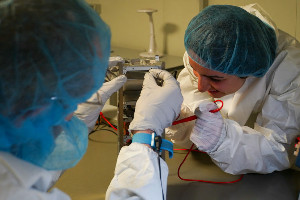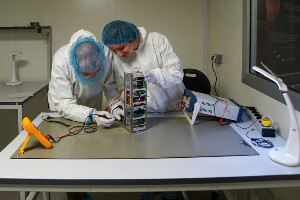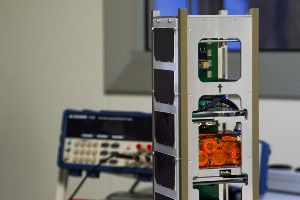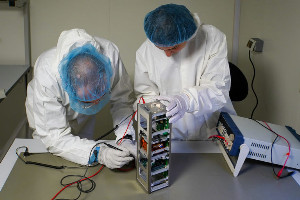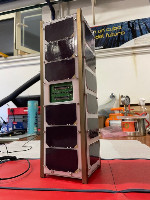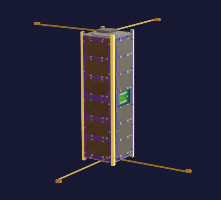| Name | SPEI-SATELLES (SpeiSat, “Guardian of Hope”) |
|---|---|
| Type | CubeSat |
| Units or mass | 3U |
| Status | Reentry 2025-04-08. Was operational? (Short packets with data on SatNOGS and object identified as of 2023-12-21) |
| Launched | 2023-06-12 |
| NORAD ID | 56991 |
| Deployer | ? |
| Launcher | Falcon 9 (Transporter-8) (D-Orbit ION) |
| Deployment | Deployed from D-Orbit ION on 2023-06-26 |
| Entity name | Politecnico di Torino |
| Institution | University |
| Entity | Academic / Education |
| Country | Italy |
| Partners | Vatican, Polytechnic University of Turin, National Research Council of Italy |
| Oneliner | |
| Description | |
| Results | |
| Sources | [1] [2] [3] [4] [5] [6] [7] [8] |
| Photo sources | [1] [2] [3] [4] [5] [6] |
| On the same launch |
|
Last modified: 2025-04-25
